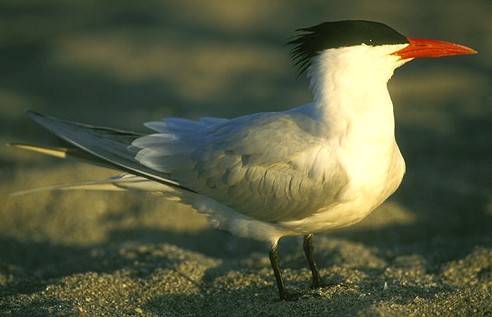How many species of common birds can you recognize on sight? Besides the flashy obviousities of bluejay, cardinal, hummingbird, oriole and robin, I mean? I’m not really thinking of the songbirds so much or the “little brown jobs” of field and hedge. And I’m not really thinking of the one-hit wonders of flamingo, pelican, parrot or ostrich, either, since I assume those are the ones EVERYONE knows, whether or not they’ve ever actually seen one in real life.
There are an awful lot of big birds here in Sweden that I am now on familiar terms with that I had no knowledge of before I moved across the ocean. I think part of it is because there are so few OTHER small animals for me to give my attention to. I’ve lamented this dearth before, I know. No chipmunks, no squirrels to speak of (and no grey ones at all), no raccoons or skunks or woodchucks. No oppossum.
We get hedgehogs and mice and rabbits, and moles and voles, though except for the hedgehogs and rabbits they are pretty rare sightings. I’m told there are weasels in this country, but I’ve never seen one. Birds, however? They’re everywhere, and most of them are HUGE.
I can tell the difference between all the dark birds now. I recognize the differences between crows and ravens and rooks. I can tell a jackdaw from a crow and both from a magpie (easy peasy if you can see his wings). Not only do I know what a blackbird looks like, I can recognize his shyer, brown mate and differentiate his liquid trill.
I’m confident of my ability to point out a wood pigeon as opposed to a common pigeon and I’m on nodding terms with the doves.
There are pheasants in the backyard and red-tailed hawks in the fields, hovering over the hay, glowering from posts. There are owls, though I confess I don’t know them all, nor do I know the myriad species of falcons and other raptors that abound here, they’re usually at a distance. When we feed the mallards at the pond in my parents-in-law’s village I can identify their food-grabbing diving rivals and tell the Mediterranean gulls from the Glaucous and Common ones.
I know swallows and swifts when I see them on the wing and can call hello to the little pied wagtail bopping along on the ground; a sure sign of spring, that one. When I am driving swiftly on a country road past plowed acres edged in tall grass I can still identify a northern lapwing as I whiz by, a feat which would have escaped me without these years of living in the farmland of Skåne.
Storks are obvious for us all, thanks to the abundance of them from the Flyinge Stork Project here in the village, as are cranes and herons and the wild mute swans. And geese are practically a national symbol of Sweden so we’re familiar with all kinds of geese, not just Canadian.
But after a few sightings in the past weeks of some plover-ish, gull-like white and black bird, low to the ground, with a stabbity red beak, seen only briefly once or twice from the car window, I finally found time to grab my trusty Birds of Britain and Europe from the shelf of reference books in the den (doesn’t it sound oh-so-much-classier when you call it a den or a study than if you just say computer room??)
I spent several minutes paging through the color plates, stopping at every black-and-white bird with a red beak, only to discover that there are several birds that look as if they were separated at birth in terms of the skimpy glimpses I’d gotten with each sighting. I waffled over the oystercatchers, but finally ruled them out since they stick to the shorelines for the most part and are more black than white, while my mystery bird was the opposite. And I ruled out the arctic terns too since they’re too small to be the bird I’d seen. So it must have been a Caspian Tern!
Yay! I love knowing the names of things. It seems so much easier to greet them when you’ve been introduced. 🙂

